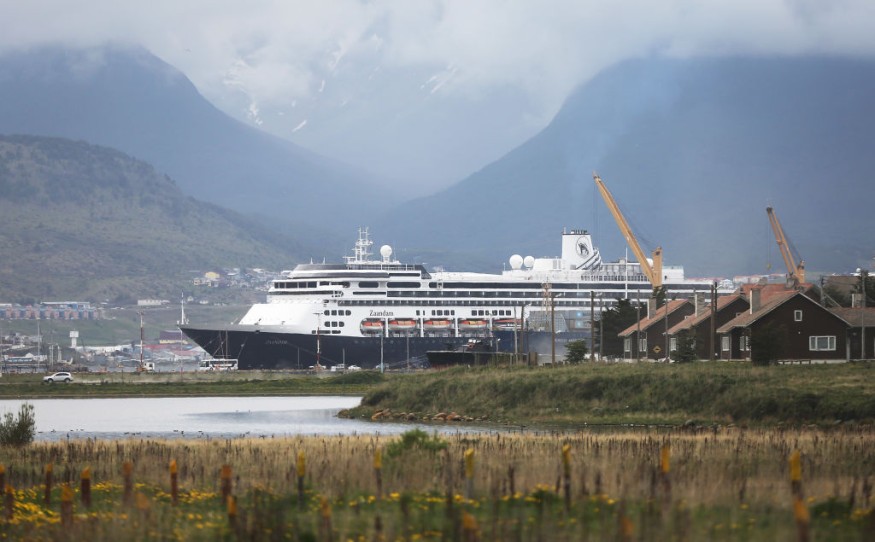
During the summer when the land mass of Antarctic sea ice retreats, the remote continent has become widely visited by majority of tourists and scientists, by boat and plane.
Projected to increase in the future, experts are worried that physical footprint of this human activity will disrupt the pristine landscape of the uninhabited landmass. If you are thinking about visiting the cold region this summer, ScienceAlert explains why you shouldn't.
Long-term consequences
In the 2019-20 season, around 74,000 sightseeing visitors and scientists traveled to Antarctica by ship. To date, the continent has more than 70 research stations collectively housing researchers around the world. While scientific activity is significant in the region, some forms of waste squirreled to the continent affects the properties of Antarctic snow.
As stated in the Antarctic Treaty, "The amount of wastes produced or disposed of shall be reduced as far as practicable so as to minimize impacts on the Antarctic environment and to minimize interference with the natural values of Antarctica."
Furthermore, the treaty promotes use of scientific research that is consistent with the its values. With this provided, visitors are required to follow the established rule for storage and disposal of waste. These waste are mostly shipped out of the continent for disposal, but some are not easy to get rid of.
Scientific activities in Antartica release microscopic particles of 'black carbon', which is also released in enormous quantities by forest fires and human activity in other parts of the world. According to a published study in ScienceDirect, it is one of the most commonly used chemical commodities and among the top 50 chemical products produced worldwide.
Isolated from the world, Antarctica's black carbon are typically more local, absorbing in the Antarctic snow.
In a study published in the journal Nature Communications, researchers collect and analyze black carbon content in snow samples to infer whether snow melt rates had increased due to human activity.
Role of black carbon emissions in accelerating ice and snow melt
Scientists explain that human-produced black carbon may have caused surface snow to melt by up to 23 mm every summer.
"Black carbon (BC) from fossil fuel and biomass combustion darkens the snow and makes it melt sooner. The BC footprint of research activities and tourism in Antarctica has likely increased as human presence in the continent has surged in recent decades," the authors wrote.
In tourists specifically, authors calculate that each visitor was effectively melting around 83 metric tons of snow between 2016 and 2020, largely due to emissions from cruise ships. Meanwhile, scientific activities emit more per capita than tourists through the operation of fuel-intensive equipment and vehicles year-round.
The documentation of black carbon in Antarctica also echoes other studies on microscopic pollution, such as microplastics found in sea ice and penguins.
These findings show that human impacts are more pervasive than thought, and as it increases, so are the effects associated with it.
Also read : Predicting Disaster? Sea Turtle Swam For 47 Days After Sensing Devastating Volcanic Outburst
© 2025 NatureWorldNews.com All rights reserved. Do not reproduce without permission.





